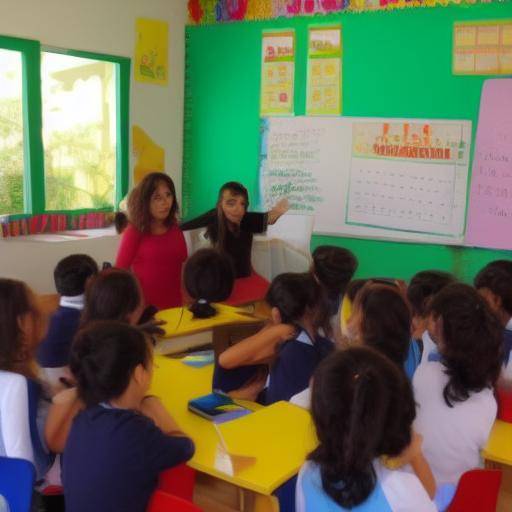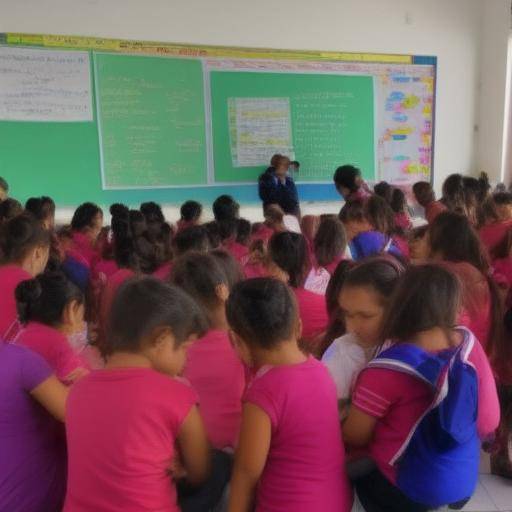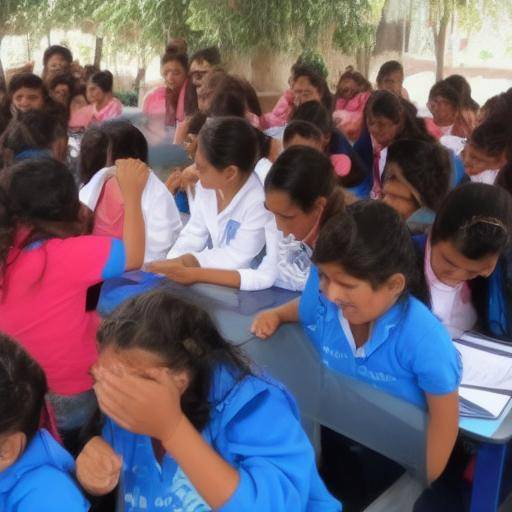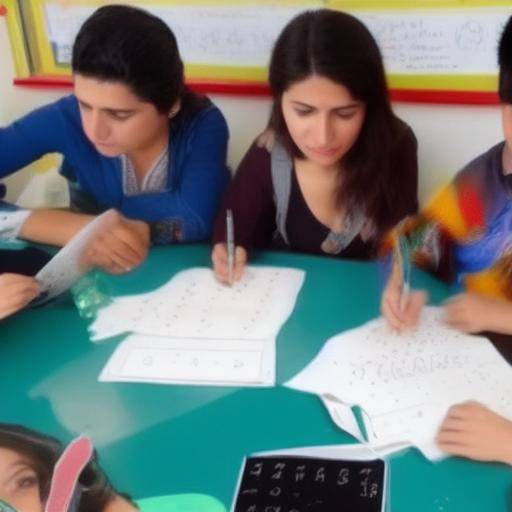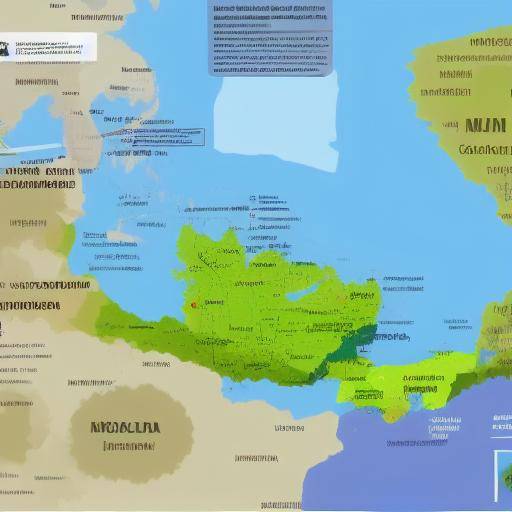
Introduction
The teaching of world geography is of vital importance to understanding the interconnectivity of our planet. From natural landscapes to complex cultural relations, the world geography provides a unique perspective that allows us to understand our environment. In this article, we will explore effective strategies to teach global geography in a dynamic and attractive way. From history to current trends, we will provide valuable information and practical advice to enrich the learning of this fundamental discipline.
History and Background
The teaching of world geography has its roots in ancient civilizations seeking to understand and map the world around them. From the first maps to the cartographic advances of Ptolomeo and the Era of Discoveries, the world geography has evolved significantly throughout history. Initially regarded as a descriptive discipline, the approach has shifted to a more analytical and interdisciplinary study, addressing physical, human and environmental aspects.
Global geography has been instrumental in understanding migratory movements, the distribution of natural resources and the influence of human beings on the environment. Over time, he has experienced great progress, influenced by technological developments that have revolutionized the way we perceive and teach the world geography.
Detailed Analysis
Benefits
- Teaching global geography fosters a global understanding of interconnection between different regions of the world.
- It helps students develop spatial analysis skills and understanding of geographic patterns.
- It promotes understanding of cultural diversity and the importance of environmental sustainability.
Challenges
- The diversity of approaches and teaching methods may hinder the creation of a coherent and effective curriculum.
- The integration of technologies into the classroom can present logistical and access challenges.
- The constant updating of geographical information can be overwhelming for teachers and students.
Current trends
The incorporation of technologies such as Geographic Information Systems (GIS) and the use of geospatial data has transformed the teaching of global geography. These tools provide students with the ability to analyse geographical data interactively, which facilitates a deeper understanding of geographical phenomena. In addition, the focus on environmental education and sustainability has gained relevance, incorporating topics such as climate change and natural resource management into the curricula.
Exhaustive examination
Practical Applications
The effective teaching of global geography implies the integration of case studies and concrete examples that connect geographical concepts with reality. The use of satellite images, documentaries and testimonies of travellers can significantly enrich the understanding of complex geographical phenomena.
Practical Tips
- Integrate Technology: Use data visualization tools and interactive platforms to make the world geography more accessible and attractive to students.
- Related global topics: Link the teaching of global geography with current issues such as migration, urbanization and environmental crises to show the relevance and applicability of discipline.
Conclusion and Frequently Asked Questions
Conclusion
In short, the teaching of global geography is a crucial element in the formation of conscious and critical global citizens. The integration of effective strategies and innovative approaches ensures an enriching learning experience that prepares future generations to understand and address the challenges of the contemporary world.
Frequently asked questions
What are the advantages of teaching world geography through technology?
Technology offers the opportunity to make the world geography more interactive and accessible to students. By using tools such as Geographic Information Systems (GIS) and interactive map applications, students can explore geographical phenomena in a tangible way, reinforcing their understanding and analytical skills.
How can the teaching of global geography promote environmental awareness?
Global geography provides an integral understanding of how human beings interact with their environment, including environmental aspects. By integrating geographical concepts with current environmental problems, such as climate change and sustainability, students can better understand the importance of taking care of our planet and taking responsible action towards the environment.
What effective methods can be used to teach global geography dynamically?
The use of case studies, the integration of technology, the use of visual resources and the connection with current global themes are effective methods of making the teaching of world geography dynamic and relevant to students. By fostering active participation and connecting with the real world, more impactful and lasting learning can be achieved.
What is the role of global geography in understanding conflicts and geopolitical challenges?
Global geography plays a key role in understanding conflicts and geopolitical challenges by providing a spatial and temporal context for analysing the factors that contribute to these conflicts. Maps, the distribution of natural resources and the location of borders are key elements that influence geopolitical dynamics, and understanding these aspects is essential to addressing these challenges.
How does teaching global geography promote intercultural understanding?
Global geography provides an opportunity to explore and understand global cultural diversity. By analyzing the distribution of cultures, languages, beliefs and customs in different regions of the world, students can develop a deeper appreciation of human diversity and foster intercultural empathy and understanding.
What are some strategies for integrating global geography education into the curriculum effectively?
The integration of global geography into the curriculum can be achieved through the identification of cross-cutting themes in other disciplines, interdisciplinary collaboration, and the implementation of project-based approaches. By establishing meaningful connections with other areas of study, the relevance and practical application of the global geography in the integral education of students can be shown.
Conclusion
Teaching global geography is a powerful vehicle for fostering global understanding, environmental awareness and appreciation of cultural diversity. By implementing innovative strategies adapted to the current needs of students, a deeper and more meaningful understanding of our world can be cultivated. We hope that this article has provided an integral view of the importance and strategies to effectively teach the world geography!




